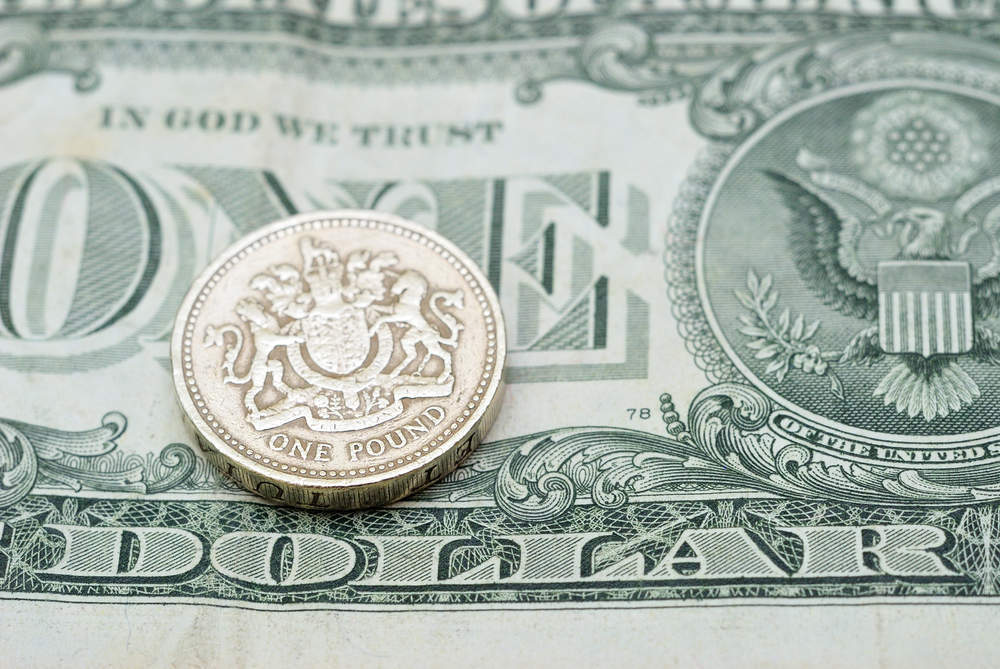
The pound had an awful year in 2016. It was all going well, the pound even broke $1.50, and was doing OK against the Euro for the first few months.
Then Brexit struck.
Even though markets were expecting a bumpy ride around the UK’s referendum on EU membership, few predicted such a fall.
It dropped to levels not seen for over 30 years. While, there was a minor recovery nearer the end of the year, whether that can be sustained, or perhaps return to pre-Brexit vote levels, remains to be seen.
The year so far
The month of January saw a few up and downs for the pound. It had its best performance since 2008 after prime minister Theresa May promised a parliamentary vote on the UK’s deal to leave the EU.
However, around ten days later it fell back below $1.26.
How well do you really know your competitors?
Access the most comprehensive Company Profiles on the market, powered by GlobalData. Save hours of research. Gain competitive edge.

Thank you!
Your download email will arrive shortly
Not ready to buy yet? Download a free sample
We are confident about the unique quality of our Company Profiles. However, we want you to make the most beneficial decision for your business, so we offer a free sample that you can download by submitting the below form
By GlobalDataMany will be hoping that the lows it experienced in October 2016 will form a baseline for the currency, values which it will never fall below again.
A somewhat shaky start to 2017 suggests that the uncertainty and volatility that surrounded the currency at the end of the year will continue into the new one, as January has so far demonstrated. While it may increase, a following decrease looks likely most of the time.
Brexit negotiations
The Brexit referendum result was the catalyst for the pound’s significant drop in value, and with the details of the UK’s exit from the EU still to be decided, it will continue to have a big impact on its price in 2017.
As Article 50 was triggered on Wednesday, stocks and the pound took the momentous decision in their stride – largely as expected as Brexit was already priced in.
However, should the resulting negotiations prove positive for the UK (such as retaining access to the single market) it may not be as bad as many predict, giving the pound a chance to grow in value.
Against the euro
Another opportunity for the pound to recover could be against the euro. France, Germany and The Netherlands all have important general elections throughout the year, which will introduce some level of political uncertainty to the currency.
This could offer great opportunities for investors involved in currency trading to monitor and trade around these events.
The outcomes of these elections could prove highly significant for the future of the EU, Eurozone and its currency.
Plus, if the UK manages to get a favourable Brexit deal, the pound is likely to strengthen in relation to the euro as well.
Advantages of a low value currency
A weak pound does hold some advantages for the UK, with manufacturing and export levels up, for example. It is also set to boost dividends in 2017.
These actions could all come back around and help strengthen the currency over the long term, possibly seeing a positive effect later in the year, as more investors will be tempted to buy a cheap currency.
There are a lot of what if factors, but some positive opportunities could present themselves for the pound to increase in value in 2017.






